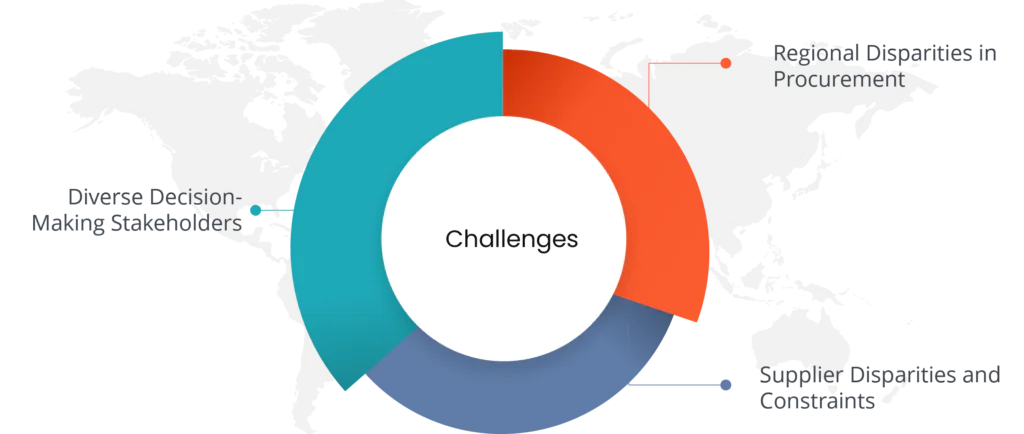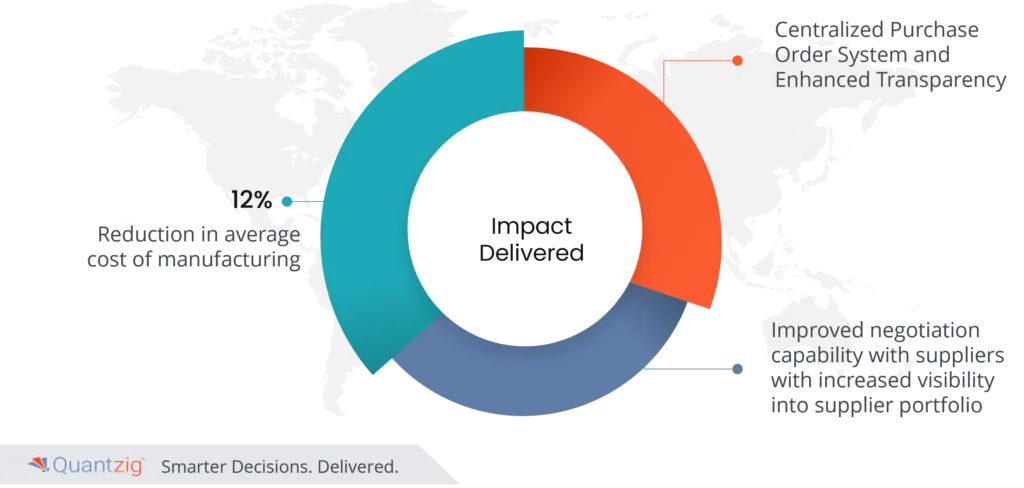In today’s rapidly evolving business landscape, the adoption of a Purchase Order System is a strategic decision that can significantly improve organizational productivity. In this article, we’ll take a deep dive into the many benefits of implementing a robust POS in your workflow. A well-crafted POS can streamline procurement processes and increase transparency, as well as improve inventory management and strengthen vendor relationships. Learn how adopting this state-of-the-art technology can help your organization not only make better purchasing decisions, but also strategically reduce expenses and ultimately improve overall operational efficiency.
Table of Contents
Importance of Purchase Order System for Your Organization
- Cost Efficiency and Profit Protection – Decentralized purchasing in production that allows for human overrides puts profit margins and cost effectiveness at risk. To reduce these risks and strengthen financial stability, organizations adopt a POS. A POS is a strategic shift that centralizes control and automates procurement procedures, reducing the risk of manual interventions. Not only does the POS act as a hedge against risks, but it also improves overall visibility throughout the entire procurement process.
- Transparent Processes for Strategic Advantage – Not only does a POS eliminate the uncertainty that comes with decentralized processes, but it also offers strategic benefits. By eliminating manual processes and providing a centralized platform, a POS ensures transparency in procurement processes, allowing for better decision-making and building a robust and cost-efficient manufacturing ecosystem.
Challenges faced while implementing Purchase Order System

- Diverse Decision-Making Stakeholders – It is difficult to align preferences universally when there are several decision-makers involved since they bring varied viewpoints to the table. This variability may lead to preferential treatment of some suppliers in the absence of a centralized Purchase Order System (POS), undermining fairness.
- Regional Disparities in Procurement – Procurement process standardization is hampered by regional restrictions and differences in selection criteria. Due to the lack of a centralized point of sale system, there might be bias in the selection of suppliers among various geographical areas.
- Supplier Disparities and Constraints – Different supplier numbers and their specific constraints add to the complexity. In the absence of a centralized system, it is hard to set up consistent processes, resulting in bias towards particular suppliers. Finding and correcting such bias becomes a challenge in the absence of centralized control.
Key Benefits of implementing Purchase Order System:
- Control and Efficiency – A Purchase Order System (POS) establishes control and efficiency by offering a structured process for employees making spending decisions. This standardized approach minimizes unauthorized purchases, cultivating a culture of financial responsibility and ensuring resource allocation is optimized.
- Transparency for Accuracy – A Point of Sale (POS) increases transparency and lowers the possibility of procurement mistakes. Organizations may promote accuracy and streamline the procurement process overall by swiftly identifying and resolving inconsistencies when they have clear visibility into spending activities.
- Vendor Management and Informed Spending – A point of sale system (POS) improves vendor management and offers a transparent picture of expenditure trends by centralising procurement data. Informed decision-making is made possible, vendor relationships are strengthened, and expenditure is optimized for improved financial results.
- Streamlined Approvals – A POS centralizes the purchase process and streamlines the approval processes to reduce delays. Getting the required clearances as soon as possible guarantees a more productive procurement cycle, which lowers administrative bottlenecks and boosts overall organizational productivity.
- Optimized Inventory Management – Inventory management is enhanced by the transparency that a point of sale system (POS) provides. By efficiently monitoring stock levels, organisations may avoid overstock or stockouts. This simplified method reduces carrying costs and improves resource utilisation.
- Supplier Performance Visibility – The POS gives you insight into supplier performance, setting the stage for better negotiation. By leveraging supplier reliability and quality data, you can negotiate better contracts, save money, and build stronger relationships with suppliers.
Conclusion
In Conclusion, the adoption of a POS is a strategic necessity that offers a plethora of benefits for your organization’s success. In addition to instilling accountability and control, POS promotes transparency, productivity, and better decision-making, resulting in increased productivity, better use of resources, and the development of valuable vendor relationships, resulting in real cost savings. A POS not only solves today’s problems, but prepares your organization for the long-term growth and resilience of the ever-changing procurement market, and becomes an essential factor in your company’s long-term success and financial stability. Implementing a POS isn’t just an operational improvement, it’s a crucial step towards managing the complexity of procurement with flexibility and strategic success in today’s rapidly changing business environment.
Success Story:
Client Details:
A leading CPG Manufacturing company in USA
Challenges Faced by the Client:
- Inconsistent Profit Margins Across Regions – The CPG Manufacturing Company faced difficulties due to decentralized purchase processing, which led to different procurement processes in different regions. This difference in processes resulted in different profit margins for the same products, making it difficult to maintain financial consistency and profitability.
- Coordination Challenges Among Stakeholders – As raw material procurement was managed by multiple stakeholders, coordination issues were encountered. The lack of centralized decision-making prevented effective decision-making, making it difficult to harmonize different perspectives and standardize procurement processes.
- Complex Procurement Landscape – The client was confronted with a complex procurement environment due to the presence of multiple stakeholders and decentralized processes. It became essential to standardize procurement procedures and select suppliers with the most competitive prices for individual raw materials in order to optimize profit margins per product across multiple regions and divisions.
Solutions Offered by Quantzig:
- End-to-End Process Tracking – Quantzig developed a centralized purchasing system that closely monitored all manufacturing, assembly and packaging operations. This holistic approach gave client visibility into costs and timeframes at every step of the process, increasing transparency and allowing for better decision-making.
- Cost Efficiency Identification – Client were able to locate areas of cost inefficiencies in the production process. The client enabled strategic substitutions with more cost-effective suppliers by identifying providers selling raw materials at higher rates. This helped to lower total manufacturing costs and thus increase profit margins.
- Enhanced Supplier Management – Not only did Quantzig bring transparency into the process, but also empowered client to improve supplier management. Identifying and replacing high-cost suppliers led to a more efficient and cost-efficient supply chain, which improved Supplier Management.
Impact Delivered:

- 12% reduction in average cost of manufacturing – Targeted interventions and operational efficiencies resulted in a significant 12% decrease in average manufacturing costs for the client, demonstrating the power of strategic actions to improve operational performance and financial performance.
- Centralized Purchase Order System and Enhanced Transparency – The centralized Purchase Order System enabled our clients to gain full visibility of the manufacturing process from start to finish. This not only simplified workflows, but also increased overall transparency, enabling better decision-making and rapid identification of cost-reduction opportunities.
- Improved negotiation capability with suppliers with increased visibility into supplier portfolio – Solutions provided by Quantzig gave client more negotiating power by giving them more insight into their supplier portfolio. Armed with better visibility into supplier performance and cost, client was able to negotiate more strategically to get better terms and better rates. This improved negotiation power resulted in more efficient and cost-effective supply chains for our clients.
Related Articles
- 3 Amazing Retail Analytics Trends You May Not Have Known
- 3 Best Practices Businesses for Managing a Successful Retail Analytics Campaign
- 3 Ways to Improve Retail Price Optimization Strategy
- 30% Reduction in Employee Turnover Rates Achieved by Retail Chain Through the Implementation of Turnover Prediction Models


